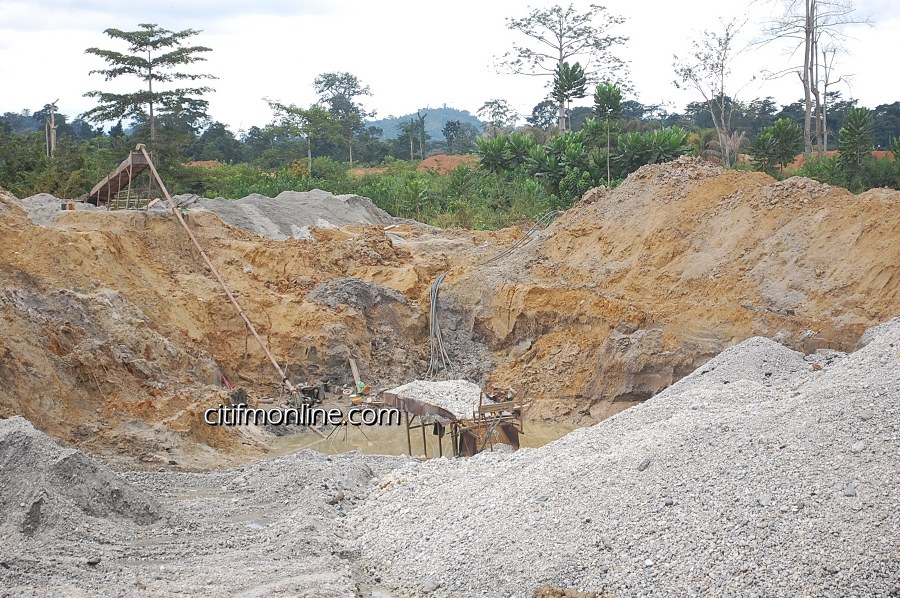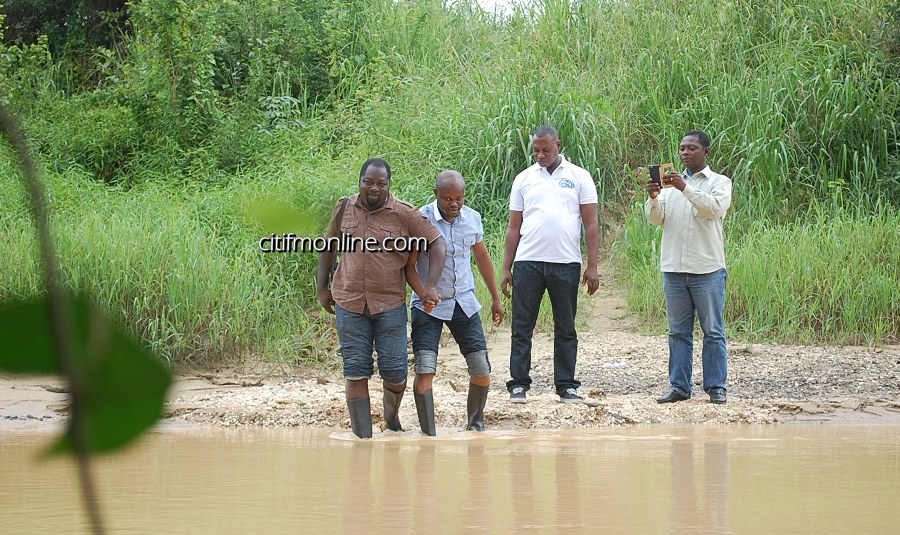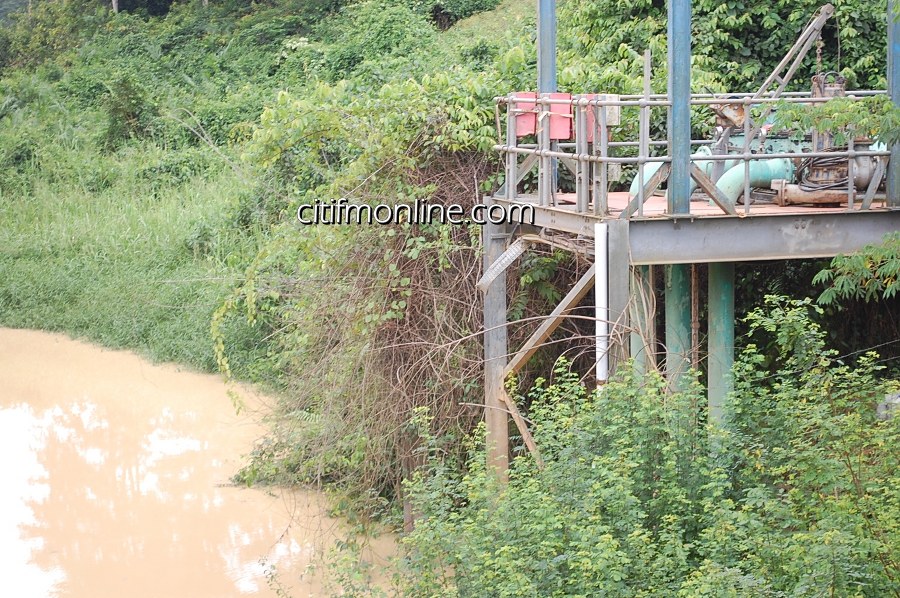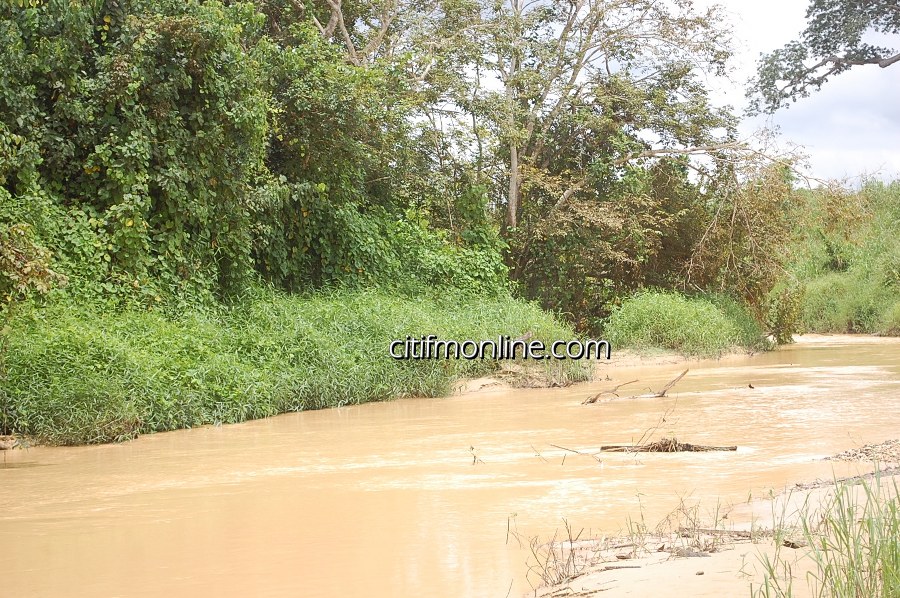Residents living in the Obuasi municipality and neighbouring towns in the Ashanti Region risk losing access to potable water due to the effects of illegal mining activities also known as “galamsey” in the area.
Galamsey activities in Kobro and Megyegyeme have affected the turbidity of water at the Odasu treatment plant.

About three water treatment plants in the country have been earmarked for shut down due to the threat of such activities.
They include the Daboase Treatment Plant, the Barekese Dam and the Kyebi Water Treatment Plant.

Full report:
Citi News’ Ashanti Regional Correspondent, Lauretta Timah visited the Odasu water treatment plant and came out with the following report:

At Kobro and Megyegyeme, communities in the Amansie Central District of the Ashanti Region, illegal galamsey activities have destroyed cocoa farms and forest reserves have been encroached and flattened.
The Odasu River, the main source of water for the Odasu Treatment Plant, has been heavily polluted.

A visit to the River site saw heaped mountains of sand from their operations, deposited right at the banks of the river, this, Mr. Francis Awotwe, the Ashanti Regional Chief Manager, Production, says is washed into the river whenever it rains, increasing the turbidity of the water.

The actions of these galamseyers according to Mr. Awotwe have “deteriorated the raw water quality.” He explains that, “operation is not smooth, it’s not continuous. So while the people of Obuasi are waiting for the water, at a particular time, it delays. Sometimes unawares, the people are doing the galamsey and it will take a longer time for us to treat the water. Small quantity of water, you abstract so much, but you realize that you can throw away over 70%, you see, so it means we are not getting revenue for the money we have sunk into the operations, neither are we able to satisfy our customers, and then we also put a lot of stress on our own staff.”

Mr. Awotey noted that, “apart from the raw water quality that makes our work difficult, our pumps, the main machinery, are not made to be pumping mud water, a lot of particles. So what happens is that, the internals of the pump, we have to do frequent maintenance. You know, anytime you are doing maintenance it means you have to shut down, if this pump has to rest for about two (2) weeks, it means within three (3) days it has to come on board and no, it’s not good for our system at all. We keep on burning our motors, sometimes it becomes very stiff and it very very difficult.”

Consumers of water supplied by the Ghana Water Company Ltd from the Odasu Treatment Plant stand at a risk if no action is taken, as Mr. Awotwe reveals, “alum, which is our main chemical for treating the water, about 500kgs depending on the demand per day, now we are using about 1200kgs, and you realize that if you don’t stop them, it’s chemical, you can’t continue, you can’t continue increasing, no, no, no, there are limits to everything we do, even though the 12000 is accommodative, we can’t continue.”
The illegal miners were first spotted in 2012. They activities continued until they were flushed out by the Jacobu Police Command and the Ashanti Regional Security Council in 2014.

However, they were spotted again in August this year, during one of the routine checks of workers from the Ghana Water Company Ltd.
The Odasu Treatment Plant established in 1999, is fed directly by the Odasu River.
It is expected to serve the Obuasi Township and its neighbouring communities with 4million gallons of water each day, but is only able to produce 1million gallons of water each day, and even less, currently.
sourcecitifmonline


Comments